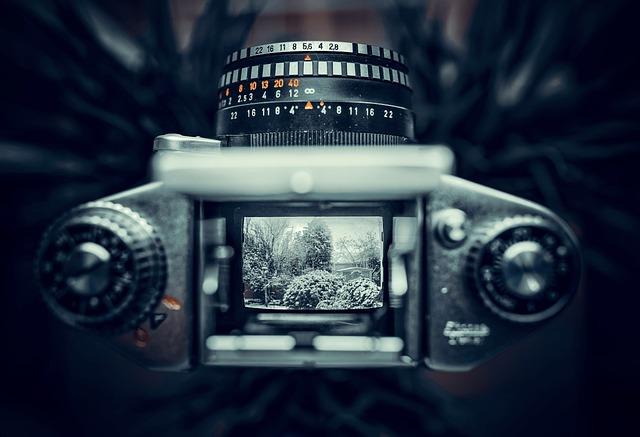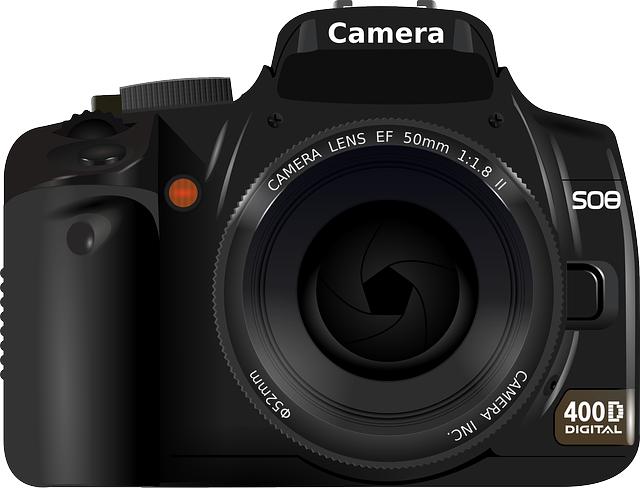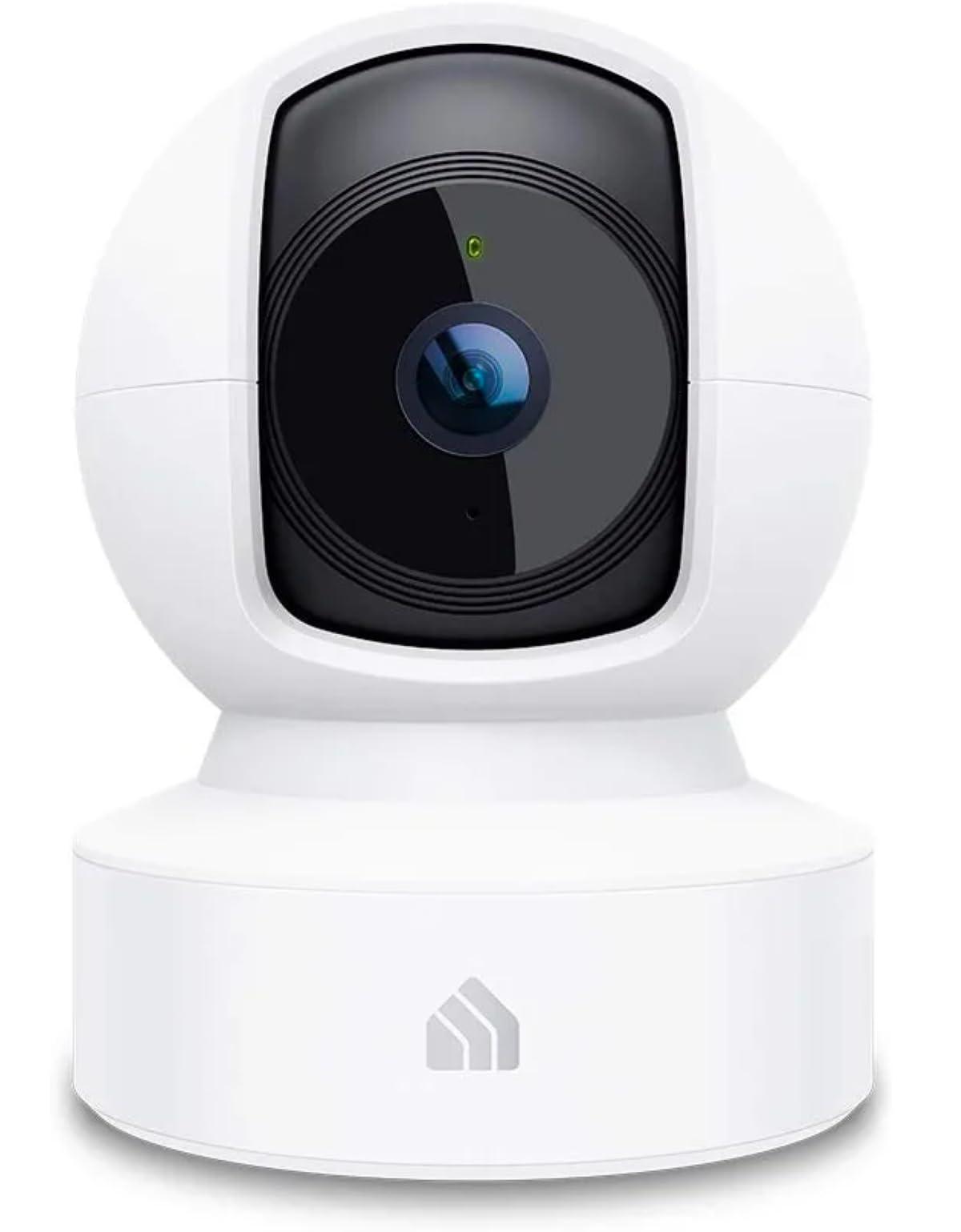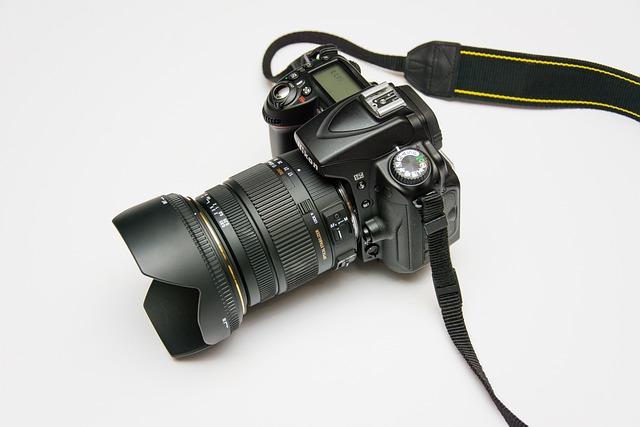In an age where home security is more paramount than ever, the choice between indoor and outdoor smart cameras can feel daunting. As technology seamlessly integrates into our daily lives, these vigilant sentinels promise to deliver peace of mind, but not all cameras are created equal. While indoor smart cameras focus on protecting your personal space from potential intruders, outdoor cameras are designed to brave the elements, keeping an eye on your property through rain, snow, or sunshine. So, which type truly stands the test of weather and time? In this article, we’ll explore the top-rated indoor and outdoor smart cameras, comparing their features, durability, and performance to help you determine which is best suited for your unique security needs. Join us as we delve into the world of smart surveillance, shedding light on what makes a camera resilient against the unpredictable forces of nature.
Evaluating the Durability Features of Indoor and Outdoor Smart Cameras
When it comes to assessing the longevity of smart cameras, understanding their construction materials and weather-resistance ratings is vital. Indoor cameras typically feature designs optimized for aesthetics and surveillance functions within a controlled environment. On the other hand, outdoor cameras are engineered to withstand various environmental conditions. Key durability factors include:
- Ingress Protection (IP) Ratings: Look for cameras with a minimum IP65 rating, which protects against dust and low-pressure water jets.
- Operating Temperature: Outdoor cameras should function effectively in a wider temperature range, often from -20°C to +50°C.
- Housing Materials: Cameras made from robust plastics or metals resist corrosion and damage from UV rays.
Another crucial aspect to evaluate is the technology integrated into these devices to cope with harsh weather. Outdoor smart cameras often come equipped with features such as:
- Weatherproof Seals: These ensure that water and dust do not penetrate internal components.
- Night Vision Capabilities: Infrared or low-light technologies enhance visibility during nighttime or extreme weather conditions.
- Image Stabilization: This technology helps to maintain clear images despite wind or vibration interference.
| Feature | Indoor Cameras | Outdoor Cameras |
|---|---|---|
| IP Rating | Usually IP20 | Often IP65 or higher |
| Temperature Range | Limited range | -20°C to +50°C |
| Durability Features | Minimal | Weatherproof, UV resistant |

Understanding Performance in Varied Weather Conditions
When it comes to monitoring your home or business, the performance of smart cameras can dramatically differ depending on the weather conditions. Outdoor cameras are designed specifically to withstand the elements, featuring robust enclosures that protect against rain, snow, and dust. Key features often include:
- Weatherproof ratings: Look for IP (Ingress Protection) ratings, with IP65 or higher being ideal for rain and moisture resistance.
- Temperature tolerance: Cameras should function efficiently in both extreme heat and freezing conditions.
- UV resistance: Protects the camera’s materials from sun exposure, preventing fading and degradation over time.
In contrast, indoor cameras generally lack the durability needed for outdoor use, making them more susceptible to damage from severe weather. While their primary function is to monitor the inside of spaces, when placed near windows or in areas prone to drafts or temperature changes, their performance can also be compromised. Here is a quick comparison of the two styles based on weather resilience:
| Feature | Outdoor Cameras | Indoor Cameras |
|---|---|---|
| Weather Resistance | High | Low |
| Operating Temperature Range | -40°F to 140°F | 32°F to 104°F |
| Durability | Rugged, often vandal-proof | Standard plastic casing |

Key Differences in Technology and Design for Indoor vs Outdoor Use
When comparing smart cameras for indoor and outdoor use, several critical distinctions arise, particularly in technology and design. Indoor cameras are typically equipped with features such as high-resolution imaging, advanced facial recognition capabilities, and integration with home automation systems. These devices often prioritize aesthetics, blending seamlessly into the home environment. They generally have a broader field of view to monitor interior spaces and may include features like two-way audio and night vision to enhance user experience within the home.
In contrast, outdoor cameras are designed to withstand the rigors of weather and environmental factors. They come fortified with durable housings, often rated for water and dust resistance (commonly IP65 or higher), to ensure functionality in various outdoor conditions. Additionally, outdoor cameras tend to include robust connectivity options, such as greater wireless range and enhanced stability against interference. Key features may include motion detection, stronger night vision capabilities, and even deterrent mechanisms like built-in sirens or spotlight functions to deter potential intruders.

Recommendations for Choosing the Right Camera for Your Environment
When selecting the ideal camera for either indoor or outdoor environments, it’s crucial to consider a few key factors that can impact performance. Indoor cameras typically focus on aspects such as resolution and night vision capabilities, ensuring clear footage in various lighting conditions. Features like motion detection and built-in two-way audio can enhance your security by allowing for real-time communication and alerts. In contrast, outdoor cameras should prioritize weather resistance and durability, with ratings such as IP65 or above, indicating that they can handle rain, dust, and extreme temperatures. Additionally, look for models with wide-angle lenses and high-quality IR night vision to effectively monitor outdoor areas.
Another essential aspect to consider is the ease of installation and connectivity options. Wireless options are often favored for both indoor and outdoor use, as they minimize the need for complex wiring and can be easily repositioned. However, ensure that outdoor models come equipped with secure Wi-Fi connectivity to maintain a stable connection even in variable weather. To assist in your decision, here’s a simple comparison table summarizing important features:
| Feature | Indoor Cameras | Outdoor Cameras |
|---|---|---|
| Resolution | 1080p or higher | 1080p or higher |
| Weather Resistance | Not necessary | IP65 or higher |
| Night Vision | Essential | Essential |
| Audio Features | Two-way audio | Optional |
| Installation Type | Wall or tabletop | Wall-mounted |
In Retrospect
As we draw this exploration to a close, the showdown between indoor and outdoor smart cameras showcases the ingenuity of modern technology in safeguarding our spaces. While indoor cameras excel in providing a cozy view of your home, outdoor counterparts stand resilient against the elements, proving their worth in a world where security knows no boundaries.
In this age of evolving surveillance solutions, the decision ultimately rests on your unique needs and the environment you wish to monitor. Whether you prioritize the warmth of an indoor watchful eye or the robust protection of an outdoor sentinel, understanding their strengths and limitations will empower you to choose wisely.
As you gear up to make your choice, remember that the right smart camera can do more than just keep an eye on your premises; it can offer you peace of mind, whether you’re indoors sipping coffee or outdoors amidst the weather’s whims. The technology is here, and now the ball is in your court—what will you choose to protect what matters most?




